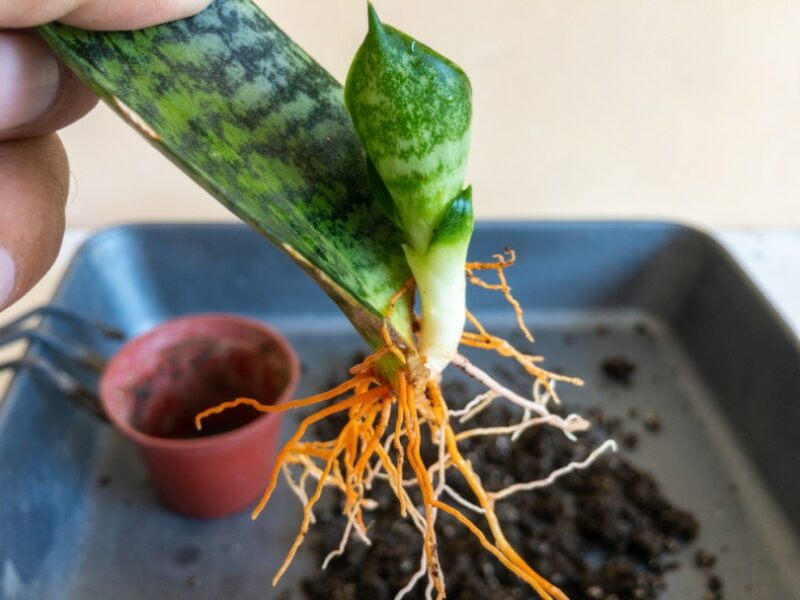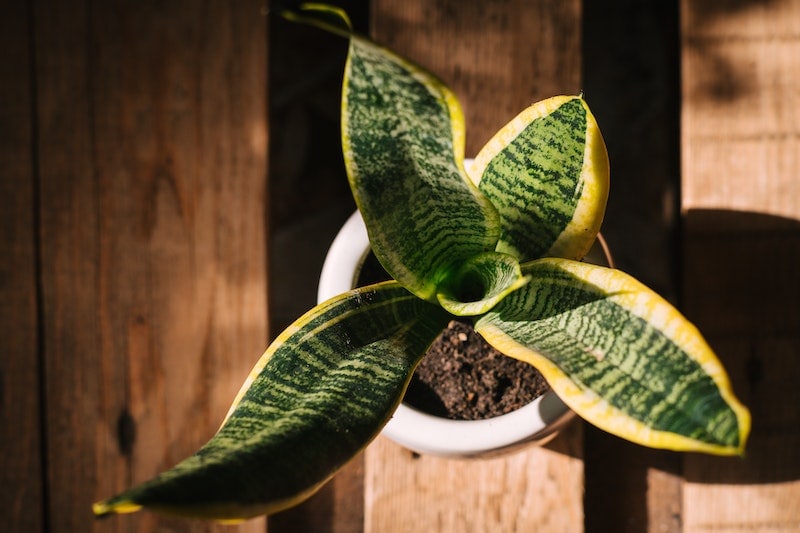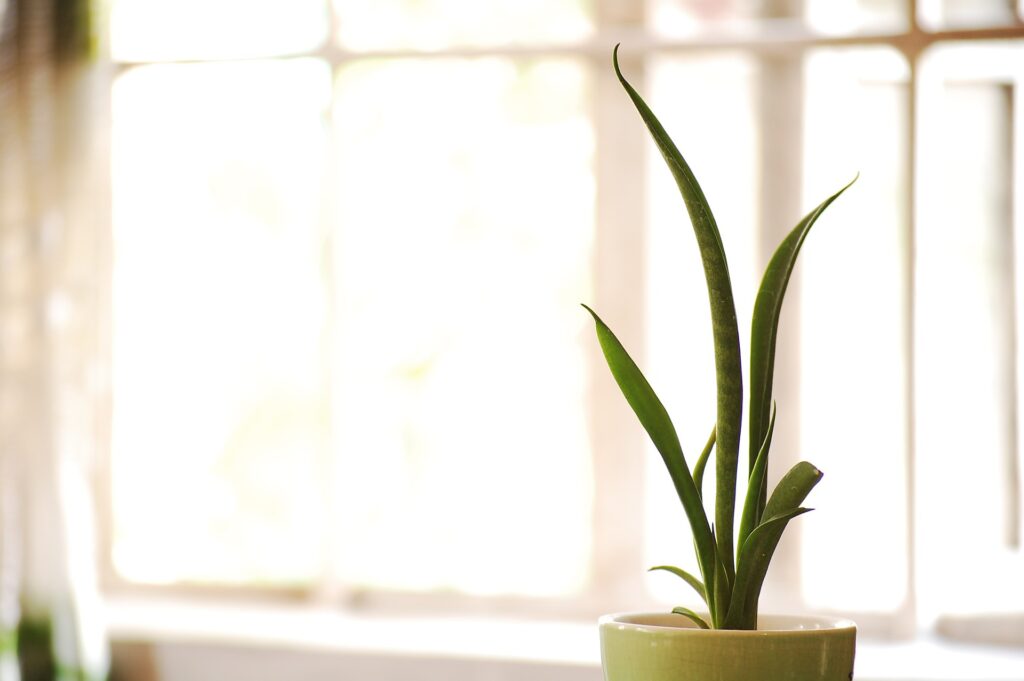Do Snake Plants Like to Be Root Bound? How to Pick the Perfect Pot
-
Pete Ortiz
- Last updated:

Part of getting plants to thrive in your home garden is knowing what conditions they thrive in. And with snake plants, a big part of that equation is the size of the pot you put them in.
You don’t want to put them in a pot that’s too small and restrict their growth, but you also don’t want to put them in a pot that’s too large and overwhelms them. Where’s the sweet spot for snake plants, and do they really like to be root bound? Snake plants do like smaller containers, but they don’t exactly want to be root bound. We’ll break it all down for you here.
Do Snake Plants Like to Be Root Bound?
While snake plants like to have cramped containers, you don’t want them completely root bound. But with that in mind, you don’t want a pot that gives the snake plant too much space, either.
Aim for a pot that’s 1–2 inches larger than the plant. This won’t leave it completely root bound, but it won’t overwhelm the plant either. Novice growers might interpret this as root bound, but it’s not quite to that extent!

When to Repot a Snake Plant
Because snake plants prefer smaller pots, sometimes, it can be challenging to figure out when it’s time to put it into a new pot. But with a bit of knowledge, you can start to figure out the telltale signs of when it’s time to repot a snake plant.
The first thing you want to look at is the pot itself. If it’s not the most durable pot it will start to bulge or even crack as the roots start to push up against it.
However, this might not be something that’s overly obvious if you’re using a more durable pot. If this is the case, these are some signs that you should keep an eye out for. First, if you start to see the roots coming out of the soil from either the top or bottom, it’s time for a new pot.
Next, if the soil won’t hold any water, there’s not enough space for the plant. Furthermore, if the pot starts to fall over, that’s a clear-cut sign too.
Finally, if the plant is no longer growing or has slowed down significantly then the pot size might be the problem. It could be something else too, but if you’re meeting all the other needs for the plant, the pot size might be the issue.
Should You Divide a Snake Plant?
While you don’t need to divide a snake plant, it is another option you have at your disposal if you don’t want to move it to a bigger pot.
Snake plants grow by adding vertical stems, called rhizomes, from the main root ball. You can take these vertical stems, split them from the main plant, and move them to a new pot if you want. However, you’ll still need to ensure each plant ends up in a pot that isn’t too large. Otherwise, both parts of the plant might start to struggle.

Picking a Pot for a Snake Plant
When you’re picking a pot for a snake plant, there are two main factors you need to consider. First, you need to get a pot that’s about 1–2 inches larger than the plant. This will give it enough room to grow without overwhelming the plant with too much space.
The second thing you need to look for in a pot is drainage holes. Snake plants are especially prone to root rot, and having a drainage hole will help ensure the soil doesn’t become waterlogged and kill the plant. Of course, with a drainage hole ensure you put the pot over some type of saucer so it doesn’t leak out all over the place!
Final Thoughts
Now that you know all about finding the perfect pot size for snake plants, all that’s left is for you to pick out the right pot and get a new one ready for when it outgrows the original. While it can be a little frustrating to frequently switch pots, it’s by far the best way to keep them thriving day after day and year after year!
Featured Image Credit: Bilalstock, Shutterstock
Contents


